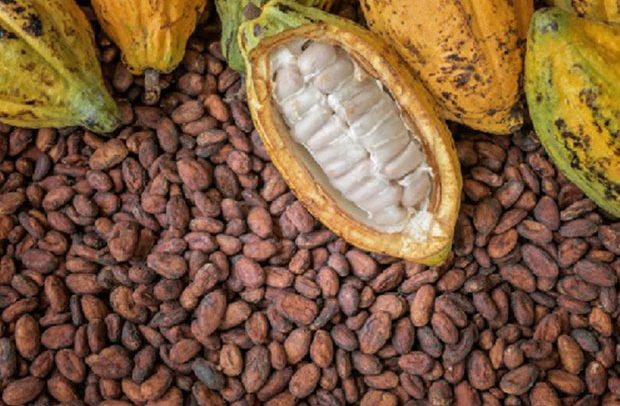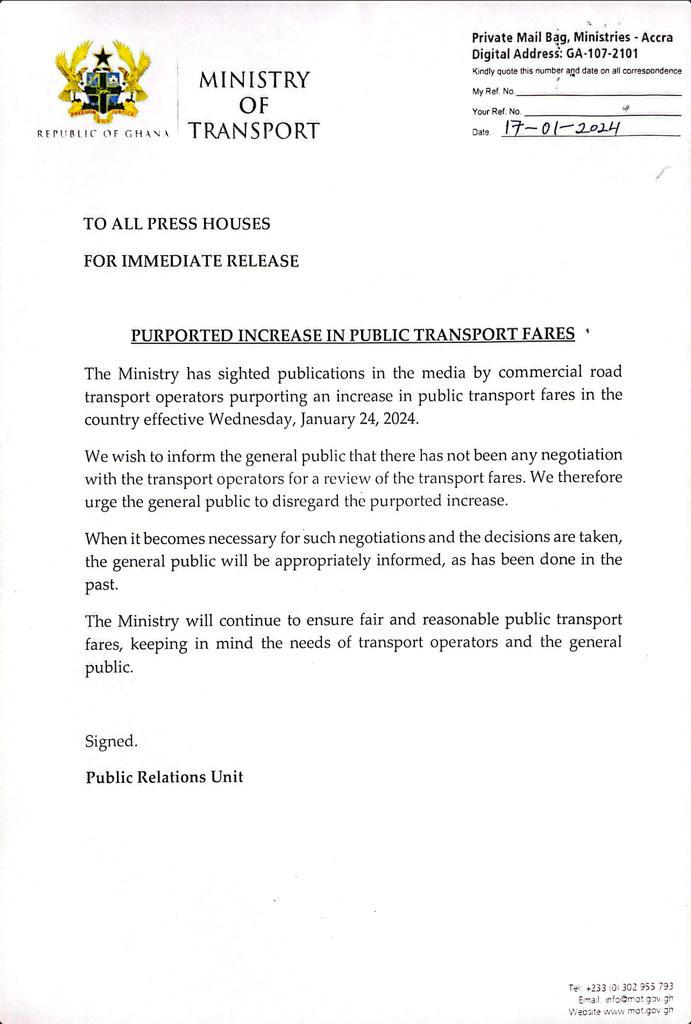
Farmers in seven Districts of the Upper East Region--Bongo, Builsa North, Builsa South, Pusiga, Nabdam, Binduri and Garu-Tempane--are to increase their incomes from legumes cultivation, with the introduction of a new biological fertilizer, simply known as 'inoculant'.
The inoculant, a product of Ghana's Council for Scientific and Industrial Research (CSIR), its partner, the Savannah Agricultural Research Institute (SARI), based in the Northern Region of Ghana, and a foreign collaborator, the EMBRAPA Agrobiology of Brazil, according to the experts, had already been tried elsewhere in the country with huge results as compared to the application of traditional fertilizers.
It is capacitated to almost double the yields of leguminous crops such as cow pea, groundnuts and soya beans which come cheaper than the application of traditional fertilizers.
The on-farm trials of the inoculant are being implemented under the M-Boss Project spanning 2017 to 2020 by which time the majority of farmers are expected to adopt its use as a scale-up to increased yields.
At a day's training held in Bolgatanga, some top-level researchers from SARI introduced the inoculant and how it works to some selected Agricultural Extension Agents (AEAs), agro-based NGOs, farmers, the media and agro-input dealers.
In a presentation, Rev. Dr Benjamin D.K. Ahiabor of SARI warned against using an inoculant for a crop it is not prescribed to be used; stressing that one cannot achieve any impact with such wrongful application.
Rev. Dr Ahiabor said the use of inoculants was the way to go, especially, for farmers in rural Ghana, because it cost less to use and yet doubled the yield of crops when applied properly.
He disclosed that the project strategy was to, among other things, train Agricultural staff on inoculant production, the rigorous quality controls involved in the process and to undertake farmers' outreach campaigns to create a better understanding of the intervention.
Earlier, Dr Mathias Fosu, also a researcher at SARI, took participants through a field demonstration such as mapping out and preparation of the farm area.
Dr Fosu entreated the AEAs to strictly follow the protocols regime regarding the production and use of the inoculant since every step was very important, adding that part of their duties would be to identify and secure land for the field demonstration and also organize labour for both the planting and harvesting.
Dr Fosu indicated, however, that the Project would cater for the cost of ploughing or harrowing, provision of inputs and other incidentals that might become necessary in the process.
He said, for instance, that sowing should be done in rows while it was also the responsibility of the AEAs to explain to farmers the need to plant in rows and not haphazardly.
He charged the AEAs to supervise the inoculant applications and also ensure that the farm lay out was correct while they would, in addition, collect data for use by project staff. For example, Dr Fosu said, AEAs should be present on the day of planting to make sure that appropriate spacing was observed.
At the end, harvests from the inoculated and non-inoculated fields will be compared so as to allow for farmers to see the results and make an informed choice for inoculants. The SARI team is expected to hold similar training sessions at other locations across Ghana in order to lay a firm foundation for the scale up.
Read Full Story



















Facebook
Twitter
Pinterest
Instagram
Google+
YouTube
LinkedIn
RSS